A recent Philadelphia Federal Reserve report reveals a concerning trend: an increasing number of credit card holders are making only minimum payments, pushing delinquency rates to a 12-year high. This suggests growing stress on consumers despite a narrative of economic resilience.
Consumer stress has intensified, with an escalating share of credit card holders making only minimum payments on their bills, according to a Philadelphia Federal Reserve report. In fact, the share of active holders just making baseline payments on their cards jumped to a 12-year high, data through the third quarter of 2024 shows. The level rose to 10.
75% for the period, part of a continuing trend that began in 2021 and has accelerated as average interest rates have soared and delinquencies also have accelerated. The increase also marked a series high for a data set that began in 2012. Along with the trend in minimum payments came a move higher in delinquency rates. The share of card holders more than 30 days past due rose to 3.52%, an increase from 3.21%, for a gain of more than 10%. It also is more than double the delinquency level of the pandemic-era low of 1.57% hit in the second quarter of 2021. The news counters a general narrative of a healthy consumer who has kept on spending despite inflation hitting a more than 40-year high in mid-2022 and holding above the Fed’s 2% target for nearly four years. To be sure, there remain plentiful positive signs. Even with the rising delinquency rate, the pace is still well below the 6.8% peak during the 2008-09 financial crisis and not yet indicative of serious strains. “A lot remains unknown. We’ve seen in the past few days how quickly things might be changing,” said Elizabeth Renter, senior economist at personal finance company NerdWallet. “The baseline expectation is consumers in aggregate economywide will remain strong.” Adjusted for inflation, consumer spending rose 2.9% on an annual basis in November, according to Goldman Sachs, which noted Tuesday that it sees consumers as “a source of strength” in the economy. The firm estimates that consumer spending will slow some in 2025, but still grow at a healthy 2.3% real rate in 2025, and Goldman sees delinquency rates showing signs of leveling. However, if the trend of solid consumer spending holds, it will come against some daunting headwinds. Average credit card rates have climbed to 21.5%, or about 50% higher than three years ago, according to Fed data. Investopedia puts the average rate even higher, at 24.4%, noting that so-called low-cost cards that are given to borrowers with poor or no credit history have topped 30%. Consumers haven’t gotten any help from the Fed: Even as the central bank cut its benchmark interest rate by a full percentage point last year, credit card costs remained elevated. Those rates are hitting much higher balances, with money owed on revolving credit swelling to $645 billion, up 52.5% since hitting a decade low of $423 billion in the second quarter of 2021, according to the Philadelphia Fed. Renter noted that an increasing number of respondents — now at 48% — to the firm’s own consumer survey reported using credit cards for essentials. Moreover, the NerdWallet survey also found an even higher level, more like 22%, saying they are only making minimum payments. With average credit card balances at $10,563, it would take 22 years and cost $18,000 in interest when just paying the minimum, according to NerdWallet. “With higher prices, people are going to turn to credit cards more to use for necessities. You tack on higher interest rates and then you have more difficulty getting by,” Renter said. “If they’re only making the minimum payment, you can go very quickly from getting by to drowning.” The trend in that direction is not encouraging. A recently released New York Fed survey for December found that the average perceived probability for missing a minimum debt payment over the next three months stood at 14.2%, tied with September for the highest since April 2020. It’s also not just credit cards where households are feeling the pinch. Mortgage originations hit a more than 12-year low in the third quarter as well, according to the Philadelphia Fed report. After peaking at $219 billion in third quarter of 2021, originations are just $63 billion three years later. “With high mortgage rates, consumers who have locked in low fixed-rate mortgages have little motivation to refinance, reducing mortgage demand,” the central bank branch said in the report. Moreover, debt-to-income ratios on home loans also are on the rise, hitting 26% most recently, or 4 percentage points higher over the past five years. The typical 30-year mortgage rate recently has swelled above 7%, posing another obstacle for housing and homeownership
CONSUMER SPENDING CREDIT CARD DEBT DELINQUENCIES INTEREST RATES CONSUMER FINANCE
United States Latest News, United States Headlines
Similar News:You can also read news stories similar to this one that we have collected from other news sources.
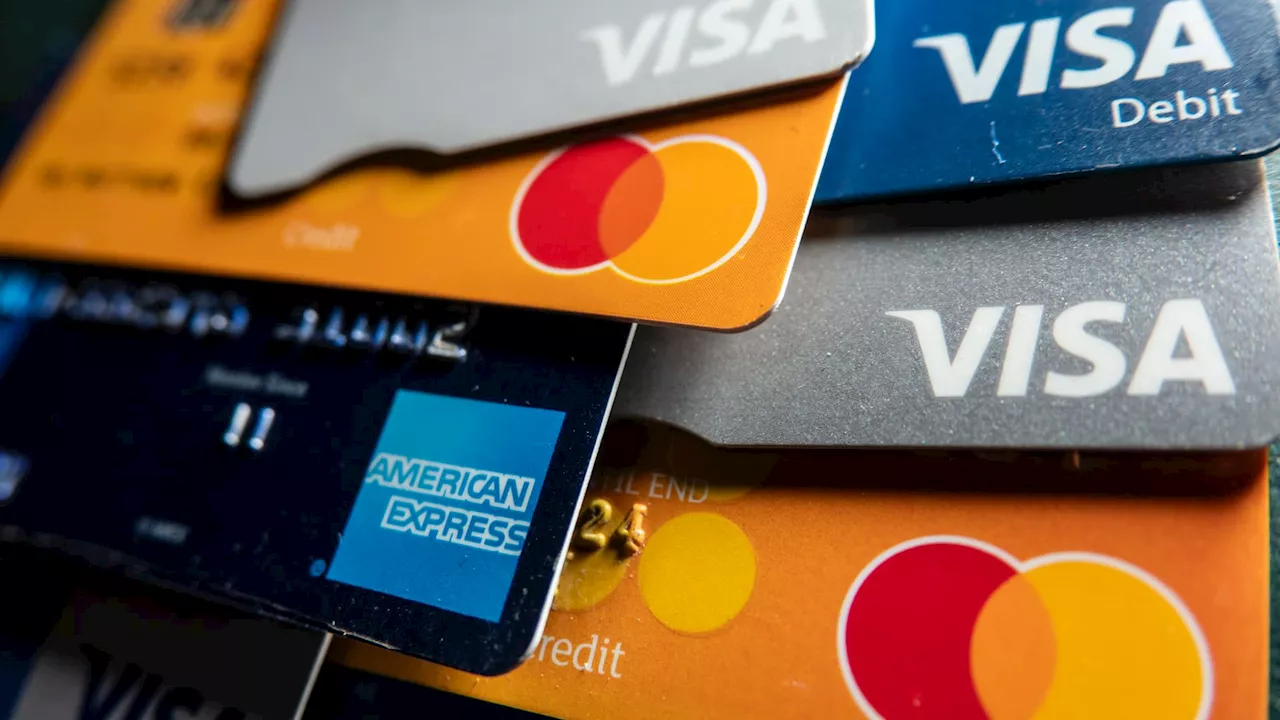 Rising Credit Card Delinquencies Signal Economic Strain Despite Consumer Spending StrengthThe share of credit card holders making only minimum payments has reached a 12-year high, signaling increasing financial pressure on consumers. While consumer spending remains robust, the rising delinquency rates and reliance on credit for essential purchases raise concerns about the long-term health of the economy.
Rising Credit Card Delinquencies Signal Economic Strain Despite Consumer Spending StrengthThe share of credit card holders making only minimum payments has reached a 12-year high, signaling increasing financial pressure on consumers. While consumer spending remains robust, the rising delinquency rates and reliance on credit for essential purchases raise concerns about the long-term health of the economy.
Read more »
 How Long Do Settled Credit Card Accounts Stay on Your Credit Report?Discover the impact of settled credit card accounts on your credit score and learn how long this information remains on your credit report. Understand the implications for your financial future and explore strategies for rebuilding your credit.
How Long Do Settled Credit Card Accounts Stay on Your Credit Report?Discover the impact of settled credit card accounts on your credit score and learn how long this information remains on your credit report. Understand the implications for your financial future and explore strategies for rebuilding your credit.
Read more »
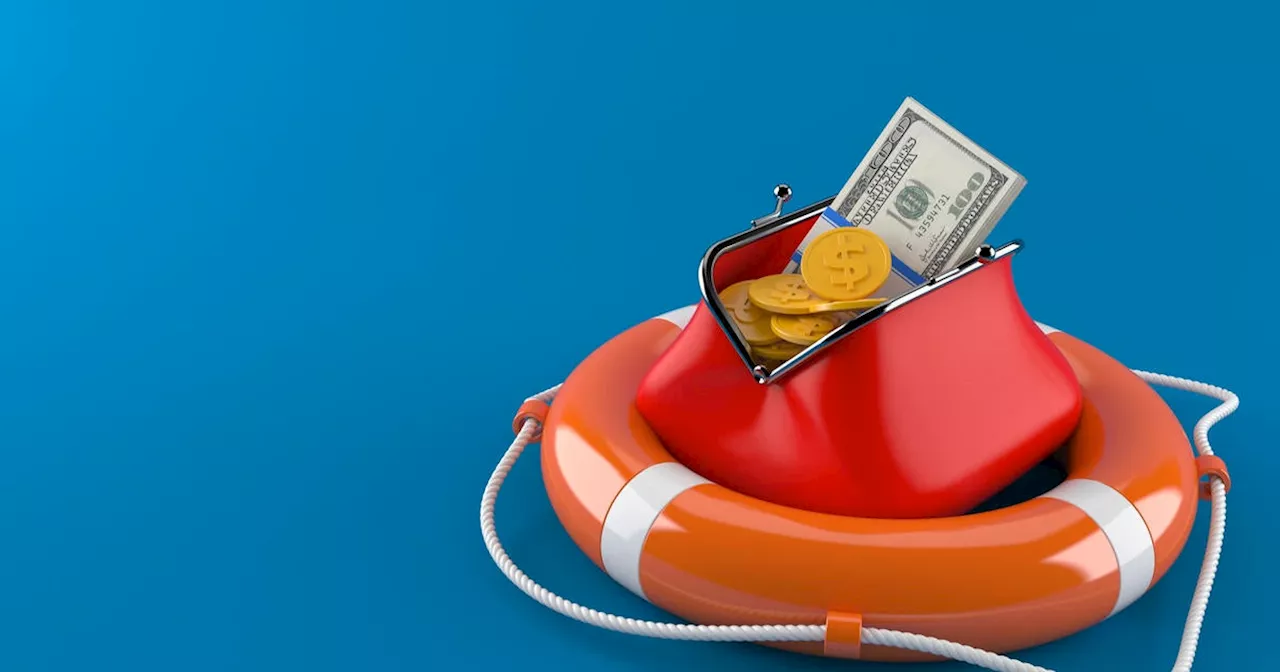 Credit Card Debt Forgiveness With a Low Credit ScoreThis article explores the possibility of credit card debt forgiveness even with a low credit score. It discusses the risks of high credit card interest rates, the challenges of debt repayment with a low credit score, and the potential benefits of debt forgiveness programs.
Credit Card Debt Forgiveness With a Low Credit ScoreThis article explores the possibility of credit card debt forgiveness even with a low credit score. It discusses the risks of high credit card interest rates, the challenges of debt repayment with a low credit score, and the potential benefits of debt forgiveness programs.
Read more »
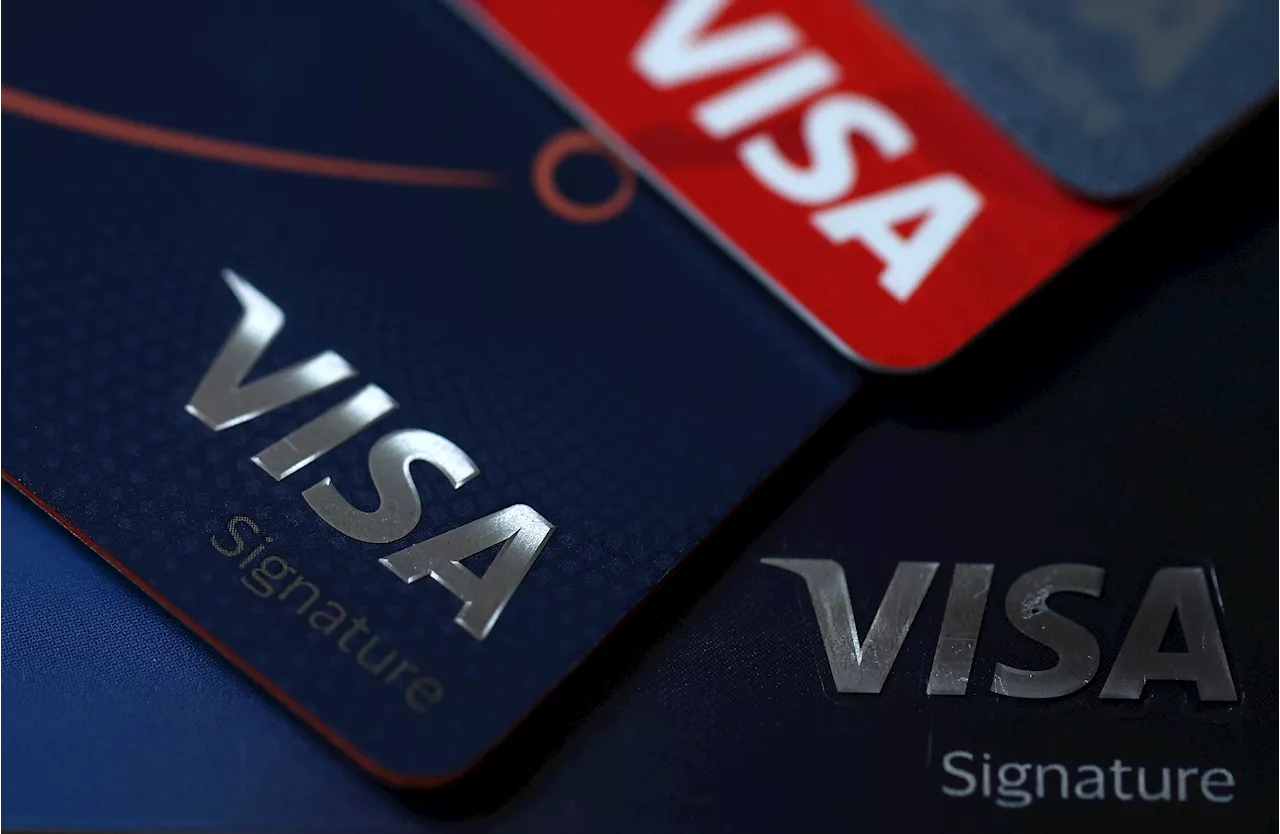 Florida's Credit Card Delinquency Rate Soars to Second Highest in the NationFlorida faces a growing credit card debt crisis with the second-highest delinquency rate in the U.S. at 11.68 percent, surpassing states like New York, Texas, and California. This alarming trend highlights the financial struggles faced by Floridians, with an estimated 1 in 10 credit card accounts seriously delinquent. The article explores the consequences of credit card delinquency, including damaged credit scores, late fees, and potential legal action.
Florida's Credit Card Delinquency Rate Soars to Second Highest in the NationFlorida faces a growing credit card debt crisis with the second-highest delinquency rate in the U.S. at 11.68 percent, surpassing states like New York, Texas, and California. This alarming trend highlights the financial struggles faced by Floridians, with an estimated 1 in 10 credit card accounts seriously delinquent. The article explores the consequences of credit card delinquency, including damaged credit scores, late fees, and potential legal action.
Read more »
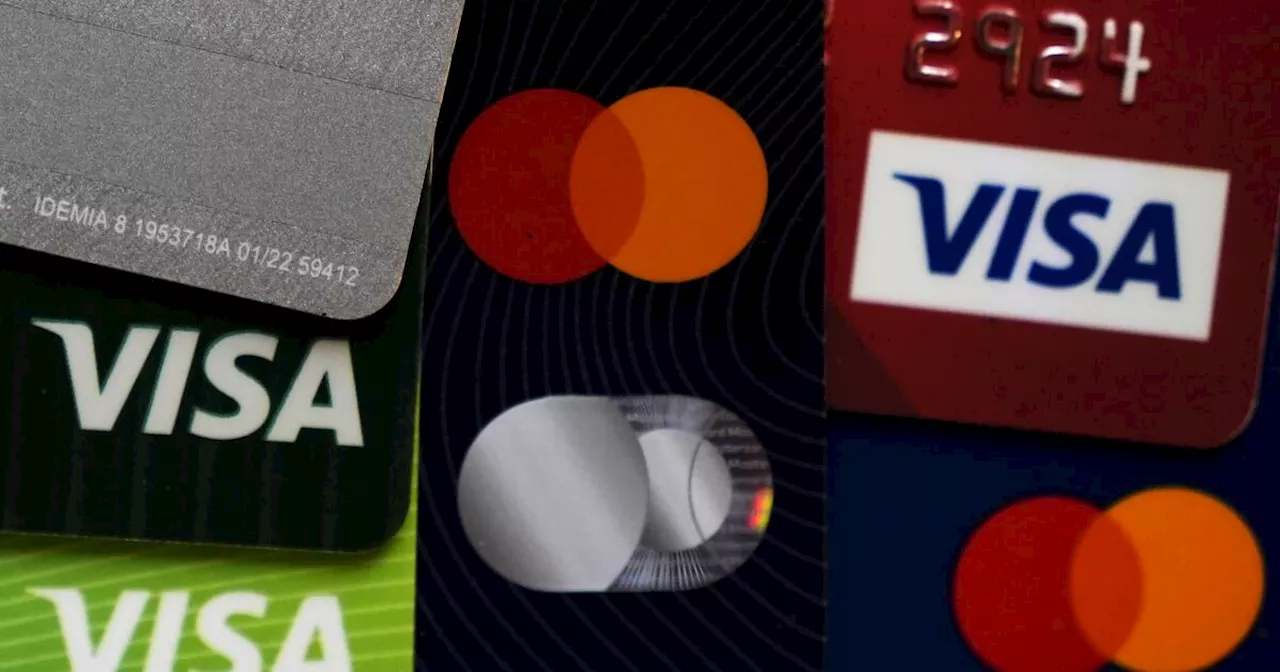 US Credit Card Defaults Soar to 14-Year HighCredit card defaults in the U.S. have reached a record $46 billion from January through September 2024, driven by high credit card debt and inflation. Many consumers are struggling to keep up with payments, leading to serious consequences including damaged credit scores and difficulty obtaining future credit. Experts recommend proactive steps like negotiating with banks, seeking credit counseling, and creating a budget to avoid falling further into debt.
US Credit Card Defaults Soar to 14-Year HighCredit card defaults in the U.S. have reached a record $46 billion from January through September 2024, driven by high credit card debt and inflation. Many consumers are struggling to keep up with payments, leading to serious consequences including damaged credit scores and difficulty obtaining future credit. Experts recommend proactive steps like negotiating with banks, seeking credit counseling, and creating a budget to avoid falling further into debt.
Read more »
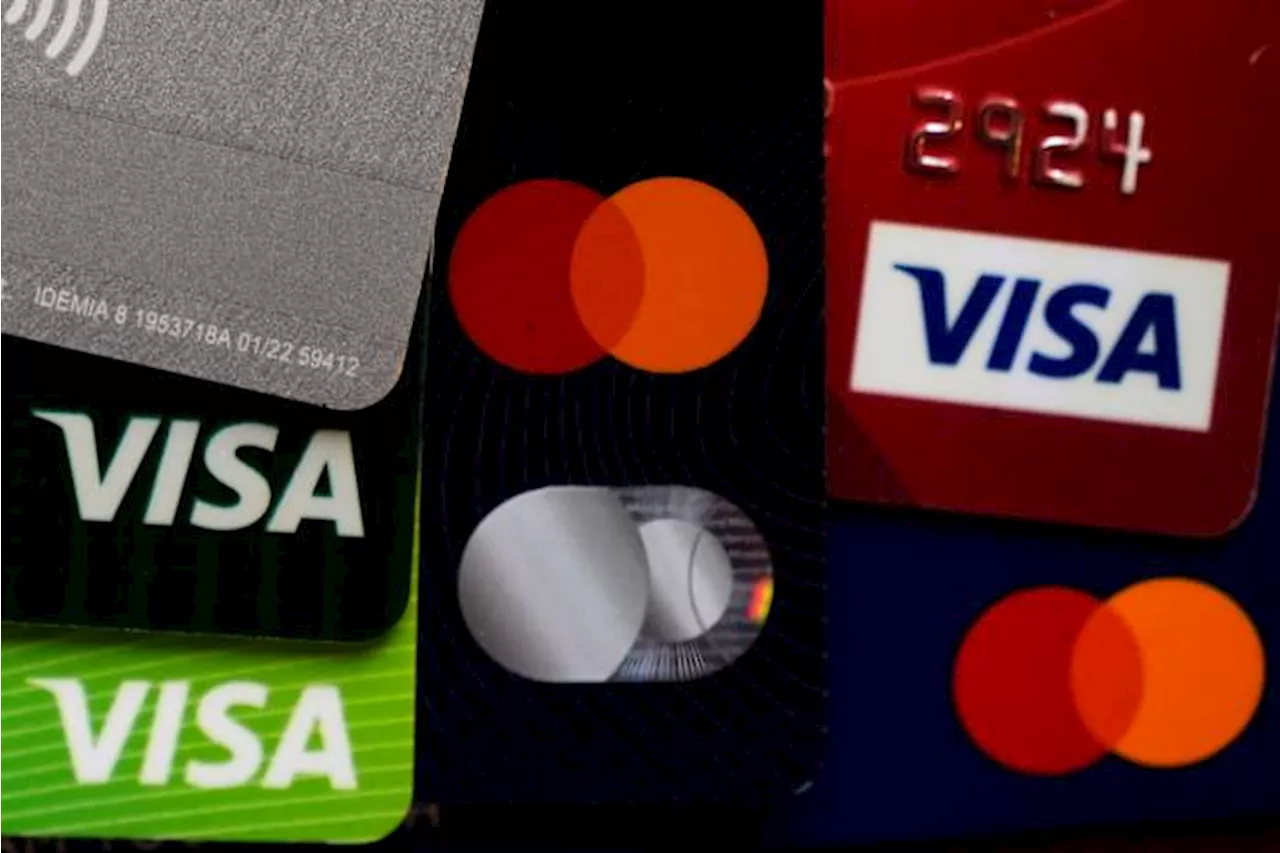 Holiday Debt Blues: Experts share tips for tackling credit card balances in 2025The holidays may be over, but many are still paying off their holiday debt. A survey by LendingTree found consumers accumulated an average of $1,200 in debt during the holiday season.
Holiday Debt Blues: Experts share tips for tackling credit card balances in 2025The holidays may be over, but many are still paying off their holiday debt. A survey by LendingTree found consumers accumulated an average of $1,200 in debt during the holiday season.
Read more »
